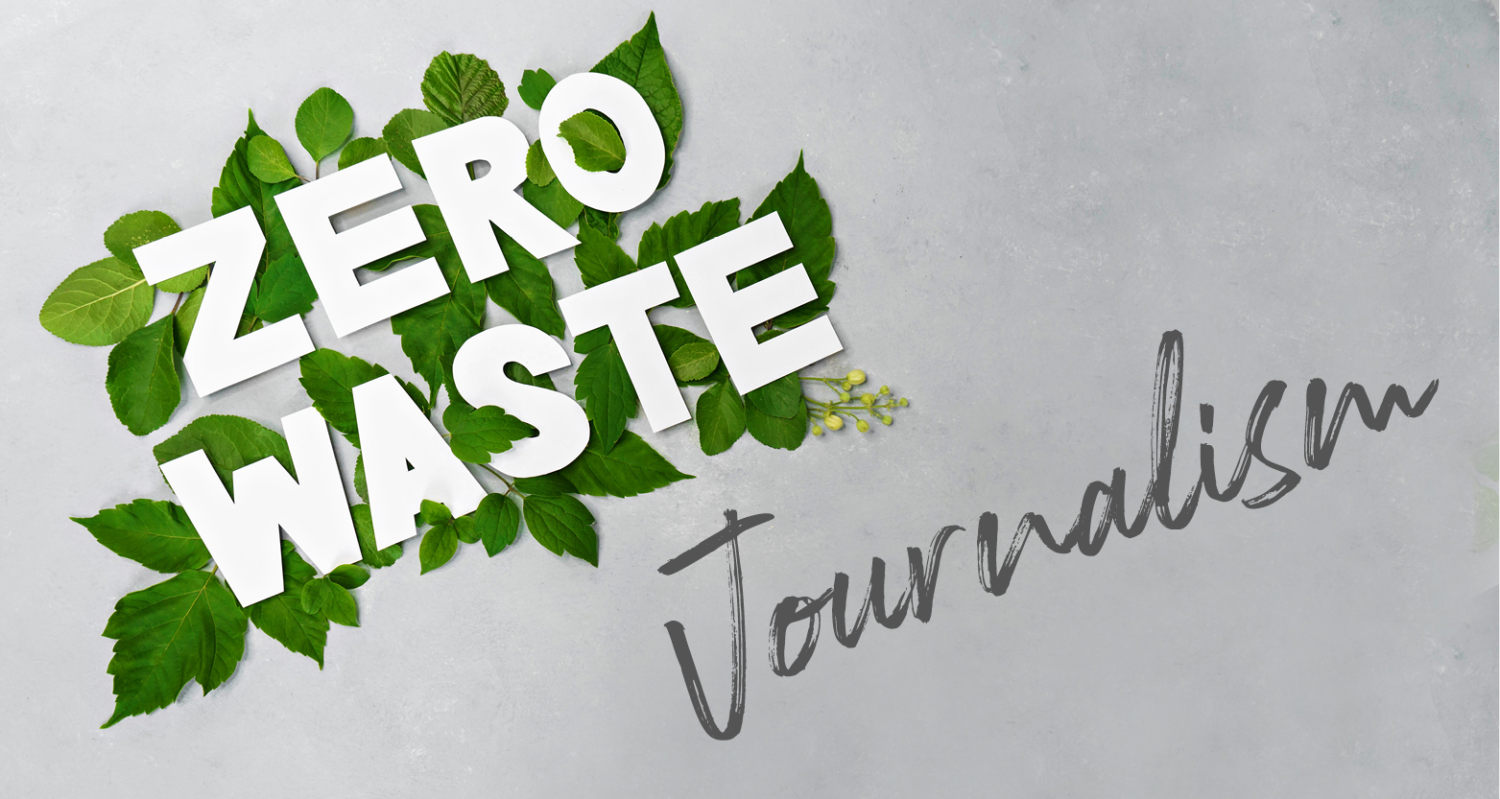Editor’s Note:
Betsy O’Donovan is an assistant professor of journalism at Western Washington University and a freelance writer and editor. Melody Kramer builds connections between data and audiences at Carolina Demography. They are the co-founders of the media consulting collective Hedgehog + Fox.
This column was originally published in The Cohort, Poynter’s newsletter for women kicking ass in digital media. Join the conversation by subscribing here.
Chela Tu is busy. She’s an advertising executive and social media storyteller at WCHL in Chapel Hill, North Carolina; a nationally competitive jiujitsu athlete; and the former owner of a dumpling truck.
On top of all of that, Tu hosts a hugely popular clothing swap about six times a year. The women who attend — all shapes and sizes — drop off their swap items the week before and arrive at Tu’s house to find the clothes arranged by type in a boutique-inspired set-up with changing spaces, wine, cheese, music and a photo shoot to show off their discoveries.
What could have been relegated to the back of the closet (or discarded for not sparking joy) is remixed, reused and revivified — and it’s fun, free and fosters relationships among all of Tu’s many friends and acquaintances.
Not a clothing swapper? Raise your hand if you’ve ever clicked through to a listicle of 25 ways to remix your Thanksgiving leftovers, or a gallery of how to pack for a three-week, multi-continent vacation with just six pieces of clothing.
Women think about resources
While those kinds of stories aren’t exclusive to female audiences, they have been a staple since the days of the “women’s pages” in local newspapers. These days, they’re often optimized for sharing on Pinterest, a female-focused social platform where women are called “Deciders” because they manage 80 percent of household budgets and make major decisions about where families put their resources.
Pinterest has built its success from what the multi-decade General Social Survey out of the University of Chicago backs up with data: While both sexes are more inclined to support gender equity in the workplace, those attitudes lag at home, which means that women in domestic relationships with men usually face a full agenda of home management when they clock out for the day.
But those work days are full, too: Hive, a productivity management platform, conducted an internal data analysis that demonstrated that not only are women assigned more tasks than men, but they also complete more work, on average.
With that kind of workload, women have a unique incentive to be efficient and reduce wastes of time, of resources, of opportunities. It also is patently unfair — but, like being shot out of the sky in an experimental aircraft or being bitten by a radioactive spider, fighting the patriarchy sometimes results in superpowers — like turning every resource into 10 more.
So when we started thinking about zero waste journalism, we started thinking specifically about the interplay of skills that women cultivate to make the most of their resources, and how (and where) they show up in the newsroom. We started thinking about women’s efficiency not as a necessary adaptation to an unfair system, but as a tool to upend it.
Zero what?
But first, we should define what we mean by zero waste. It’s a term first used by municipalities to set goals for reducing the amount of trash sent to landfills, and then by individuals who adopted the philosophy for their own household waste. Zero-waste households follow what they call the 5 R’s: refuse, reduce, reuse, recycle and rot.
In the newsroom, all of our activities have natural byproducts (like the documents that you discover as you’re reporting a story or the extra images you get when a photographer covers a high school football game).
Zero waste means considering every aspect of the journalism you publish and figuring out how it can be refused (either abandoned or automated), reused, remixed or recycled in service to your readers.
The key thing is looking at what you can control. At the reporter/producer/photographer level, that’s your newsgathering (documents and data, extra photos, interview recordings), relationships with sources, or how you use social media; at the editor level, that might be your archives, your reporters’ and photographers’ time, or the newsroom space itself. After you’ve taken an inventory of what you have or control, the next step is asking how many jobs each piece of work can do at your organization — and ways those pieces of work can be adapted, reused or remixed into new content, events, consumer insights or platforms.
This doesn’t mean writing an additional story or recycling the leftovers of a story; we see zero-waste journalism as extending the life of information by presenting it in fresh ways.
Think about how David Fahrenthold used his notepad when covering the Trump family’s charitable donations. By sharing his work in progress, he built attention around the story (engagement!), solicited new sources and leads (reporting!), and added transparency to his reporting process (education!). The notebooks also became a tool for community conversations as well as an artifact that illustrates a dogged reporting process — something that could be collected in print, turned into J-school curriculum and also turned into free-press fundraising materials (tote bag or classroom poster, anyone?).
Another reporter might not have seen the notepad as a resource; Fahrenthold did.
Recipes for success
The New York Times adopted a reuse philosophy in 2014, when editors remixed their extensive decades-old recipe collection and launched a standalone NYT Cooking site. The site repackaged the Times’ old content in new ways: curated collections, weekly meal plans and dinner ideas. The site curated cooking guides for specific ingredients, dietary needs and holidays. This was both cost-effective and smart. As Nieman Lab’s Joshua Benton pointed out at the time, “While new pieces are added all the time, a six-year-old recipe is almost precisely as valuable to the reader as one published yesterday.”
Its audience skews female and younger than the Times’ average, NYT Cooking product director Amanda Rottier told Nieman Lab in 2017. That year, the Times cited Cooking in its 2020 report as one of its most “successful forays into digital journalism” and relaunched the site as a paid product. But the site’s content was not the only part used by the Times; Cooking is now used as a model for launching other evergreen content verticals. It’s a smart strategy that means the Times no longer reinvents the wheel every time editors want to resurface their evergreen archives.
Adding a zero-waste philosophy to your newsroom means thinking not only about ways to use the content of the piece in different ways, but through ways the material you collect could help your newsroom’s bottom line.
Do more with your data
ProPublica does this with its data store, an experiment that developed into a significant revenue stream under Vice President of Business Development Celeste LeCompte. Reporters and editors from multiple newsrooms collect, clean and standardize data sets — which they use in their reporting – and then ProPublica acts as a sort of data consignment shop, selling the data sets to journalists, academics, lawyers and commercial entities. The result is an additional revenue source that helps ProPublica perform more investigative journalism. We see this as a natural extension for any newsroom doing data-driven reporting: What are you collecting that could be repackaged for other purposes or audiences?
Last year, we had a really fun brainstorming conversation with Sueann Ramella and her colleagues at Northwest Public Broadcasting about a novel idea they were trying: Putting an NWPB mug on Tinder. Our question in the conversation: As long as you’re taking the time to create this project, how else can it be useful?
Tinder Mug was created as a marketing idea aimed at a new-to-the-station demographic, but as the conversation started to spark, we spotted a small-dollar donations play, a range of content opportunities, and some underwriting/sponsorship opportunities — plus potential brand extensions in the coffee-loving Pacific Northwest.
Now go, girl
There’s more — lots more — that we can do with your archives, reporting practices, with sources, quotes, with every piece before and after it’s published, with audiences and what we learn about them, and with every newsgathering team’s knowledge of the community.
So start now, with whatever project you’re working on. Make a list — five extra ways that you might make a new product, a new connection, a new reporting tool out of the work you’re doing today. Bring those ideas to your colleagues and test them. Try something simple and see how it grows.
We’ll see you on Pinterest.
For additional insights, inside jokes and ongoing conversations about women in digital media, sign up to receive The Cohort in your inbox every other Tuesday.







